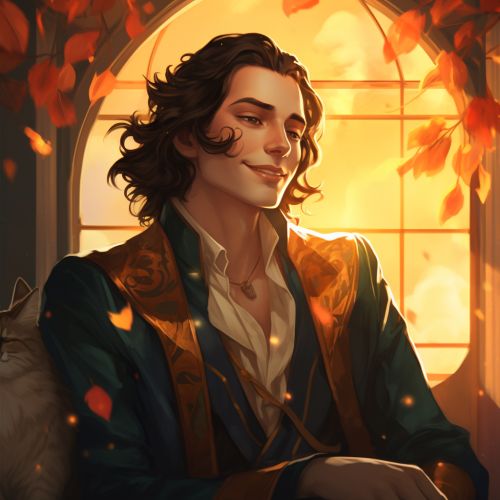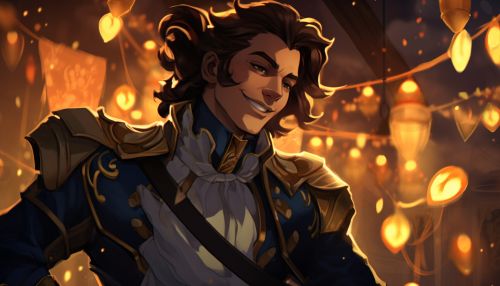Loki
Origins
Loki is a figure in Norse mythology, who is often associated with trickery and deceit. He is a complex character, with his role in the mythology varying from source to source. In some accounts, Loki is portrayed as a mischievous trickster, while in others, he is a malevolent being who brings about chaos and destruction.
Loki is a member of the Aesir, a group of deities in Norse mythology. However, his parentage is somewhat ambiguous. Some sources suggest that he is the son of Farbauti and Laufey, two giants, which would make him a member of the Jotnar, the race of giants in Norse mythology. Other sources suggest that he is the blood-brother of Odin, the chief of the Aesir, which would make him a member of the Aesir.


Role in Norse Mythology
Loki plays a significant role in many of the tales in Norse mythology. He is often portrayed as a trickster, using his cunning and guile to outwit the other gods. However, his tricks often lead to unintended consequences, and he is frequently required to rectify the situations he has caused.
One of the most famous tales involving Loki is the story of Baldur's death. Baldur, the son of Odin and Frigg, was beloved by all the gods. However, he was plagued by dreams of his own death. In an attempt to prevent this, Frigg extracted promises from all things in the world not to harm Baldur. However, she overlooked the mistletoe. Loki, upon discovering this, fashioned a spear from mistletoe and tricked Hodr, Baldur's blind brother, into throwing it at Baldur, resulting in his death.
Loki's Offspring
Loki is the father of several monstrous offspring. His children include the wolf Fenrir, the serpent Jormungandr, and the half-dead, half-living Hel, who rules over the realm of the dead. Each of these offspring plays a significant role in Norse mythology, particularly in the events of Ragnarok, the prophesied end of the world.
Fenrir, in particular, is prophesied to kill Odin during Ragnarok. To prevent this, the gods attempted to bind Fenrir with various chains, but he broke free from each one. Finally, the gods commissioned the dwarves to create a magical ribbon, Gleipnir, which was strong enough to hold Fenrir. However, when the gods attempted to bind him with it, Fenrir demanded that one of them place their hand in his mouth as a sign of good faith. Tyr, the god of war, agreed to this, and when Fenrir found he could not break free, he bit off Tyr's hand.
Loki's Punishment and Role in Ragnarok
Following the death of Baldur, Loki was punished by the gods. He was bound to a rock with the entrails of his son Narfi, and a serpent was placed above him to drip venom onto his face. Loki's wife, Sigyn, stayed by his side, catching the venom in a bowl. However, when she had to empty the bowl, the venom would drip onto Loki, causing him to writhe in pain, which was said to cause earthquakes.
Loki is prophesied to break free from his bonds during Ragnarok. He will lead an army of giants and his monstrous offspring against the gods. During the battle, he is destined to face off against Heimdall, the watchman of the gods, and they will kill each other.
Interpretations and Legacy
Interpretations of Loki vary widely. Some view him as a necessary force of chaos and change, while others see him as a purely malevolent figure. His role as a trickster and his ambiguous nature have led to comparisons with figures from other mythologies, such as the Greek god Hermes and the Native American figure Coyote.
Loki's legacy can be seen in various forms of media today. He is a popular character in comic books, films, and television shows, often portrayed as a complex anti-hero or villain. His character continues to be a source of fascination, as his unpredictable nature and cunning make him a compelling figure.
